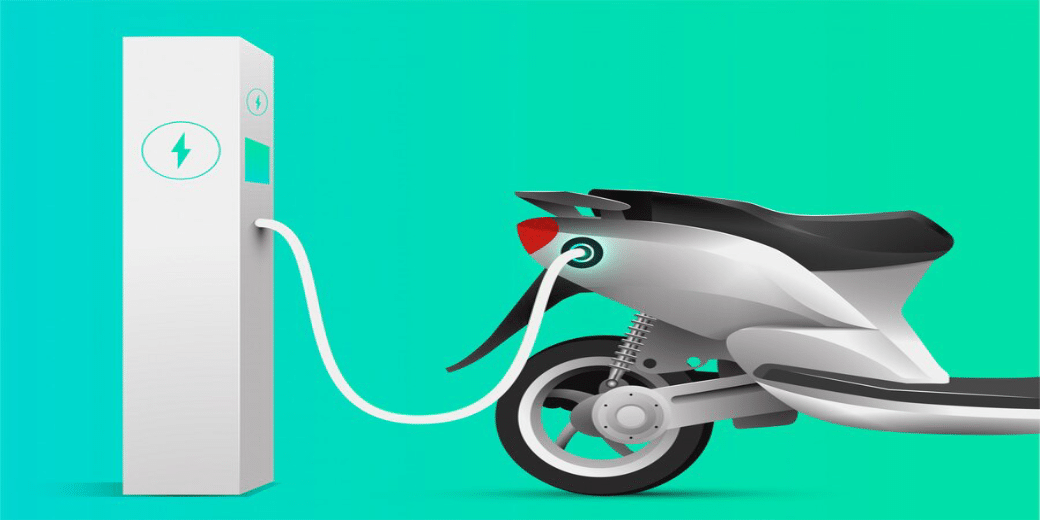Electric 2W sales fall as FAME replaced with EMPS.
The FAME scheme by Indian government has been replaced with the new EMPS scheme for the next 4 months, And the sales of electric 2 wheelers has fallen in April 2024, exceeding the numbers in past.

The EMPS, taking over from FAME II, will be operational until July 31, 2024, with a Rs 500 crore allocation specifically designated for electric two and three-wheelers. The government’s decision to decrease direct subsidies is a key component of its strategy to gradually eliminate such incentives in the medium to long term, compelling companies to enhance their cost-effectiveness.
This comes as the earlier scheme FAME (Faster Adoption and Manufacturing of Electric Vehicles) expired effective March 31st, impacting electric 2W sales, as per a report by Economic Times.
Manufacturers swiftly raised prices by up to 15% at the start of April to align with the new EMPS scheme. However, stakeholders have been prudent in managing the extent of the price hike, opting to absorb a portion of it.
TVS Motor Company, the second-largest electric two-wheeler manufacturer, increased the price of its iQube electric scooter by 2%, equivalent to Rs22,200. This adjustment comes despite a decrease in the subsidy for the vehicle by Rs 11,000. Likewise, Bajaj Auto implemented a price increase of Rs8,000 for the Chetak EV, rather than the full Rs 11,000 adjustment.
Ola Electric, the leading electric two-wheeler player in the country, has opted to absorb the complete reduction in subsidy, not transferring the increase to its customers.
In anticipation of price increases, consumers opted to advance their purchases to March. Total electric two-wheeler (e2W) sales surged to 140,000 units for the month, marking a 62% year-on-year increase. This figure significantly surpassed the typical monthly range of 82,000-84,000 units.
The decline in volumes for April exceeded the drop observed in June 2023, when the government initially reduced subsidies.
After the incentive cap was lowered to 15% of the e2w value from 40% and to Rs10,000 per kWh from Rs15,000 per kWh, daily e2W sales decreased from an average of 2,185 units in April 2023 to 1,500 units in June 2023.
The government aims to achieve price parity between internal combustion engine (ICE) vehicles and electric vehicles across various segments. This objective can only be attained through localization efforts, particularly focusing on battery cells, which are presently imported.

